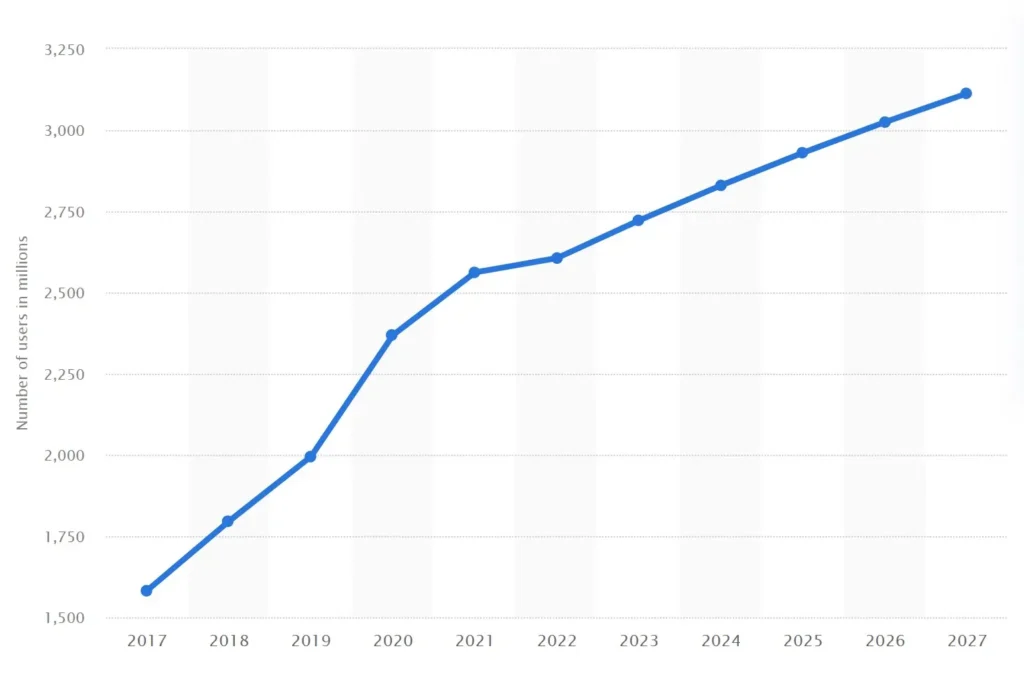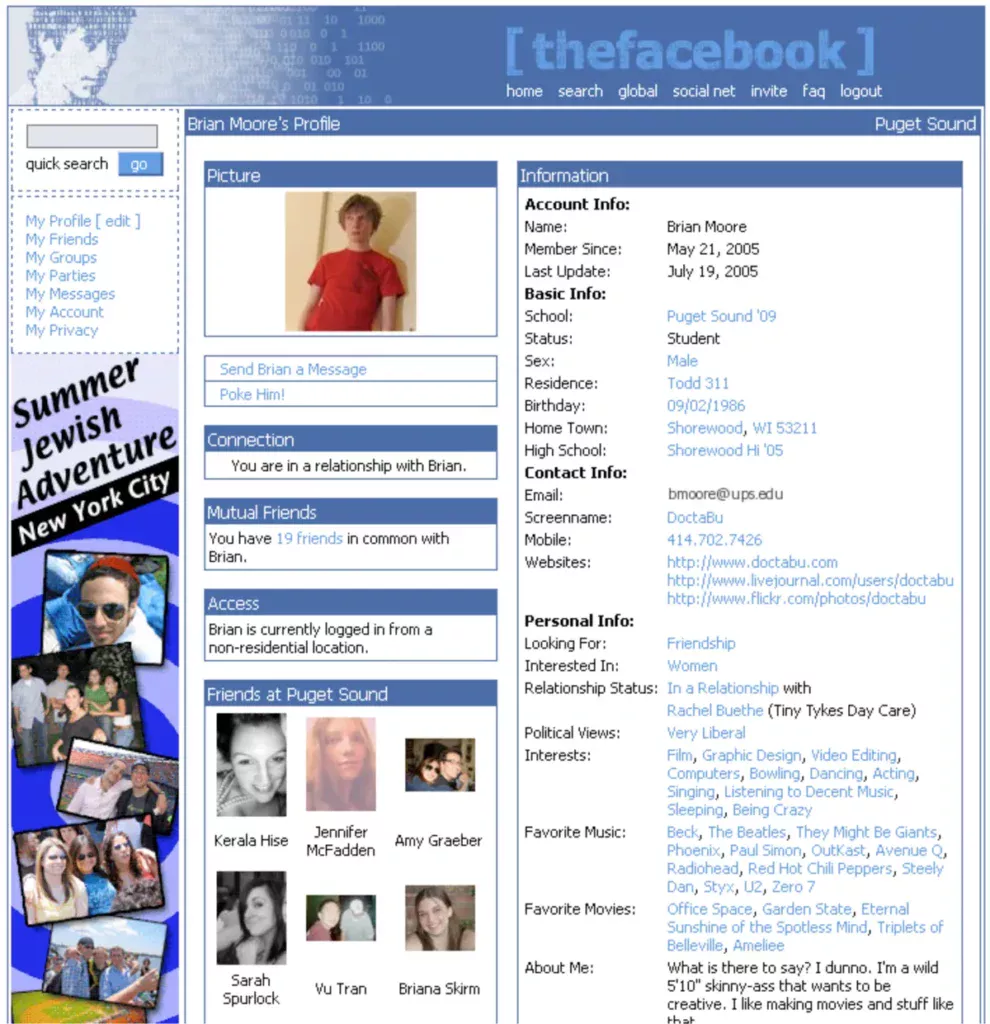
Maximizing Google Ads ROI: The Power of MaxDiff and Conjoint Analysis
Get tailored Google Ads advice
Table of Contents
- Running Google Ads often involves guesswork about what features, pricing, and messages customers care about. MaxDiff and Conjoint Analysis are research methods that remove this guesswork by measuring exactly what your audience values.
- MaxDiff Analysis helps you rank features, benefits, or ad messages by importance to customers. Use it to know what to highlight in your ad copy. (Example: A software company boosted CTR by focusing on “time-saving” and “24/7 support”).
- Conjoint Analysis helps you understand how customers make trade-offs between features and price. Use it to determine optimal pricing and feature combinations for your offers. (Example: An online retailer found customers would pay more for premium shipping, leading to higher-value sales).
- By using these methods, you can update your Google Ads based on real customer priorities, leading to more relevant ads, smarter targeting, less wasted spend, and better results. The process involves defining your objective, designing a survey, collecting data, analyzing results, and applying the insights to your campaigns, offers, and bidding strategies
🎧 Click to listen to the podcast version of this article
Are Your Google Ads Actually Working? Here’s How Real Businesses Get Clarity-and Results
If you’re running Google Ads, you’ve probably wondered:
- Are you highlighting the right features in your ads, or just guessing?
- Is your pricing helping you win customers-or quietly pushing them away?
- How do you know what your audience actually cares about, instead of what you hope they care about?
Most business owners face these questions.
The reality: guessing is expensive, and even “best practices” often miss the mark.
But there are practical, proven research tools that take the guesswork out of your ad strategy:
MaxDiff Analysis and Conjoint Analysis.
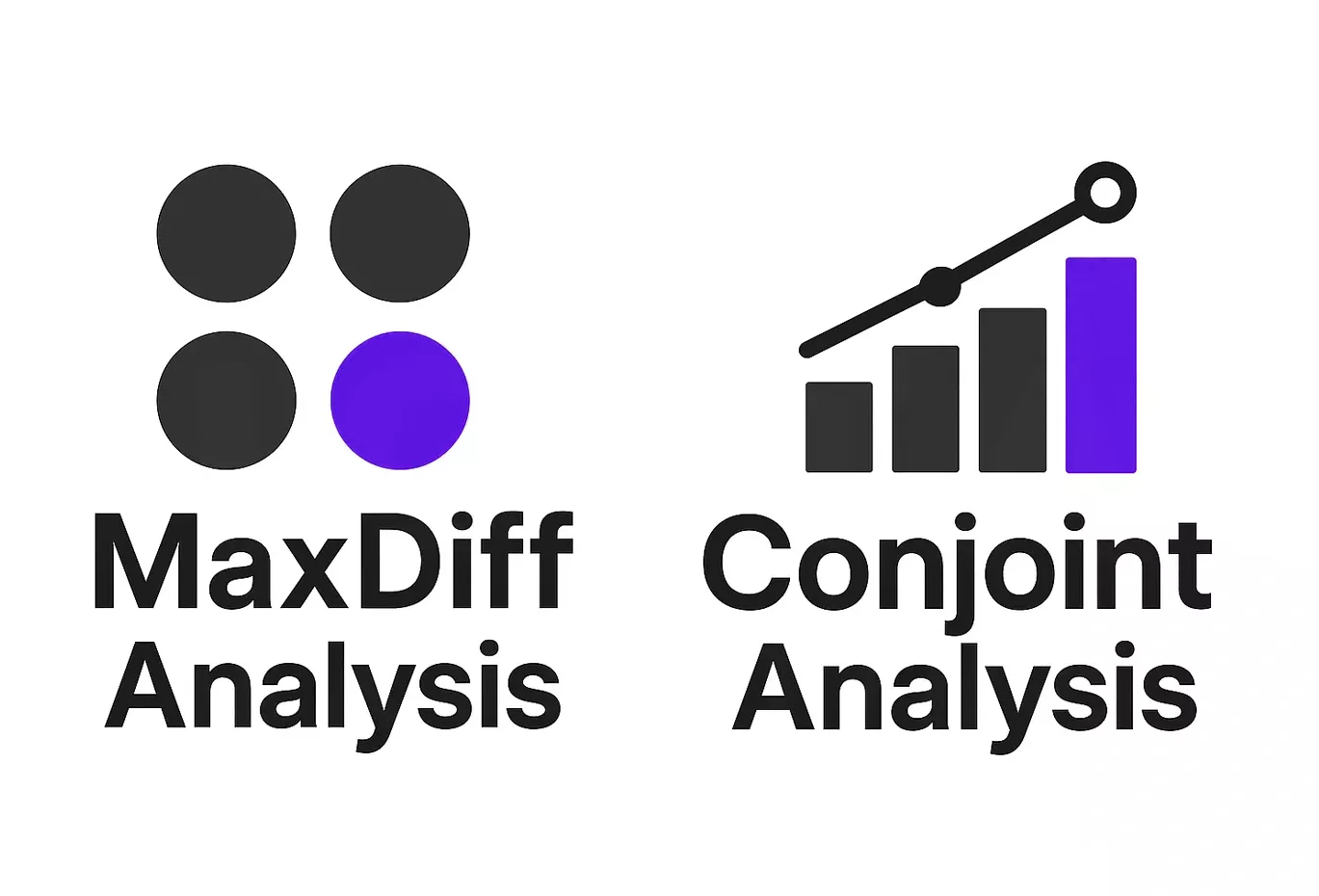
These aren’t magic formulas or marketing fads. They’re straightforward methods used by businesses of all sizes to answer questions like:
- “What do my customers value most?”
- “Which offer is most likely to get a response?”
- “How can I make every ad dollar work harder?”
Let’s break down, in plain language, how these tools work, why they matter for your Google Ads, and how you can use them to make smarter, more profitable decisions-even if you’re not a data scientist.
Why Most Google Ads Optimization Misses the Mark

The usual approach to Google Ads is to run A/B tests, look at past performance, and make educated guesses about what your audience wants. Sometimes it works. But often, you end up spending money on features or messages that just don’t matter to your customers.
MaxDiff and Conjoint Analysis offer a more scientific approach: they help you measure exactly what your customers care about, so you can focus your budget and messaging where it counts.
What Is MaxDiff Analysis? (And How Does It Help?)
MaxDiff Analysis (short for Maximum Difference Scaling) is a research method that helps you figure out which features, benefits, or messages matter most to your customers
How it works:
- You show customers small groups of options (like features, benefits, or ad headlines).
- In each group, they pick the most and least important.
- This repeats with different combinations, so every option gets a fair shot.
- The results give you a clear ranking of what your audience values most-and what they don’t care about.
Why use MaxDiff for Google Ads?
- You’ll know exactly which features to focus on in your ads (not just what you assume).
- You can segment your audience by what they care about, making your targeting smarter.
- When your ads speak to real customer priorities, you get more clicks and better results.
Example:
A software company used MaxDiff to test 20 possible ad messages. The results showed “time-saving” and “24/7 support” were the top priorities. When they updated their Google Ads to focus on these, their click-through rate jumped by 27%.

What Is Conjoint Analysis? (And Why Does It Matter?)
Conjoint Analysis is a research method that helps you understand how customers make trade-offs between features and price when deciding what to buy.
How it works:
- You define a few key features (like price, delivery speed, or support options).
- Customers are shown different combinations and asked to pick their favorite.
- The data shows you which combinations are most attractive-and what people are willing to pay for.
Why use Conjoint for Google Ads?
- You’ll find the price points that make sense for your market.
- You’ll see which bundles or feature sets drive the most interest.
- You can make sure your ads highlight the combinations that actually get results.
Example:
An online retailer used Conjoint Analysis and discovered customers would pay 30% more for products with premium shipping. They increased bids for these high-value customers and promoted shipping in their ads, leading to higher-value sales
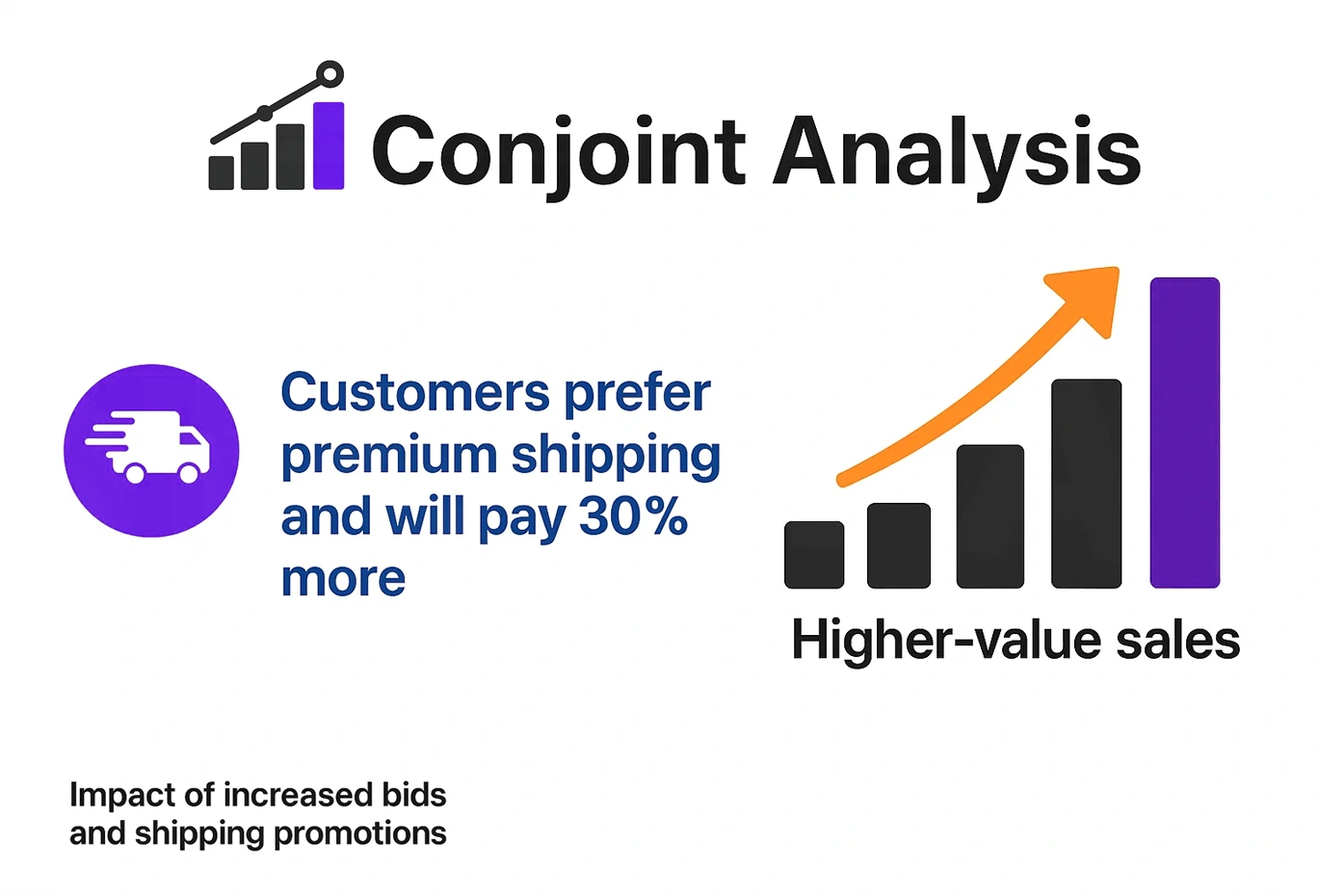
When Should You Use MaxDiff vs. Conjoint Analysis?
Both methods are powerful, but they’re best for different questions:
Use Case | MaxDiff Analysis | Conjoint Analysis |
Prioritizing features or messages | ✔️ | |
Ad copy development | ✔️ | |
Pricing strategy | ✔️ | |
Product/offer configuration | ✔️ | |
Quick, cost-effective insights | ✔️ | |
Complex trade-off decisions | ✔️ |
- MaxDiff is great for figuring out what to say in your ads and which features or benefits to highlight.
- Conjoint is best when you want to understand the right mix of features and pricing for your offers.
How to Apply These Methods to Your Google Ads
Let’s walk through a simple, business-friendly process:
1. Define What You Want to Improve
Are your click-through rates too low? Are you paying too much for each sale? Are certain audiences underperforming? Pinpoint the problem you want to solve.
2. Design the Right Survey
- MaxDiff: List out possible features, benefits, or ad messages. Ask customers to pick the most and least important from small groups.
- Conjoint: List key features and price points. Show customers different combinations and ask which they’d choose.
3. Collect Data from Your Audience
Send your survey to people who match your target customers. For reliable results, aim for at least 150-300 responses for MaxDiff, and a similar number for Conjoint if possible.
4. Analyze the Results
- MaxDiff: See which features or messages come out on top. Segment results by customer type if needed.
- Conjoint: Find the price and feature combinations that get the most interest. See how much people are willing to pay for upgrades or bundles.
5. Apply What You Learn to Your Google Ads
- Update your ad copy to focus on what matters most.
- Segment your campaigns by customer preferences.
- Adjust your landing pages and offers to match what your audience wants.
- Use smart bidding to focus on high-value clicks and customers.
Real-World Example: Dogo App’s Research-Driven Growth
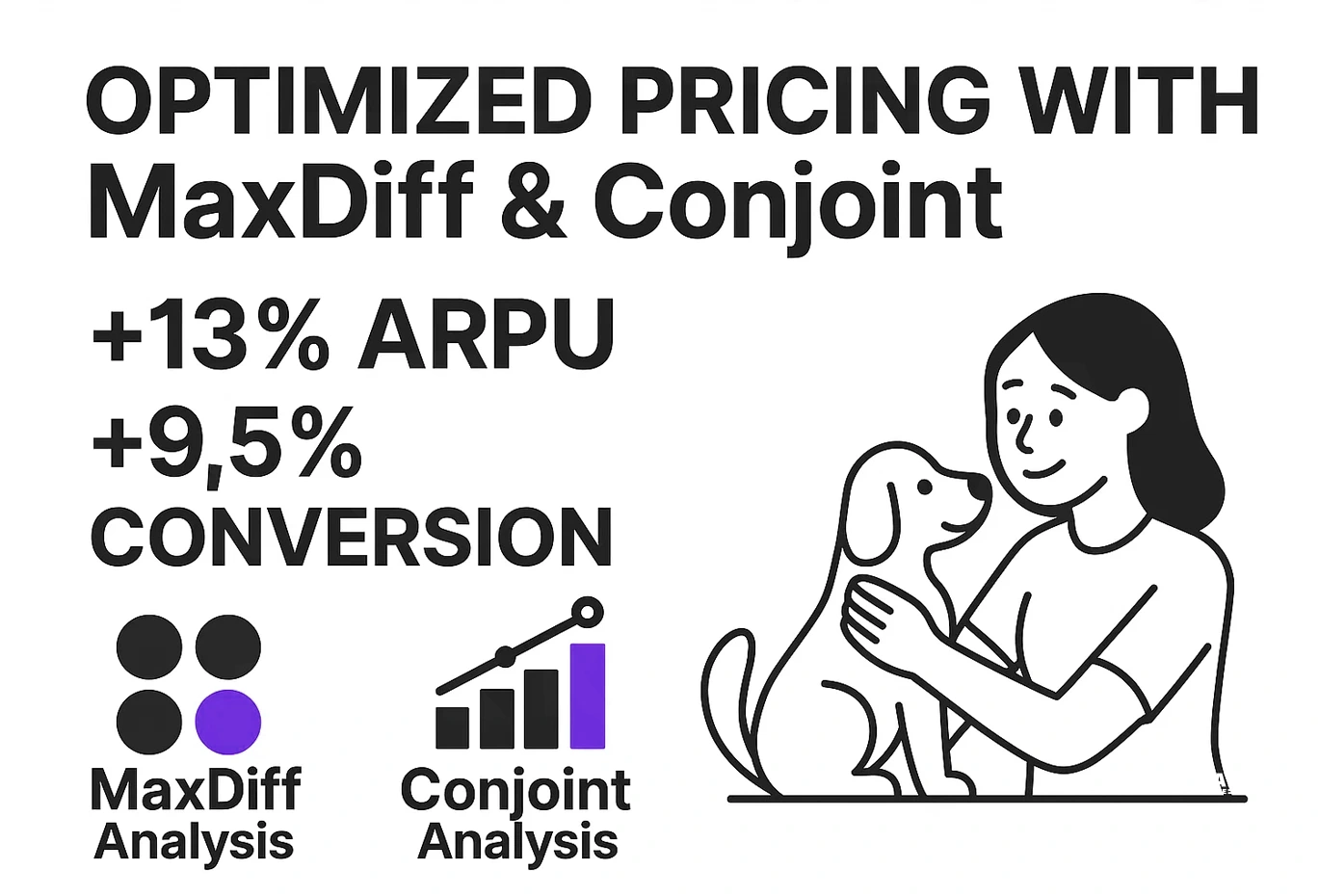
Let’s look at how this works in practice, using the Dogo App case study:
The challenge:
Dogo, a dog training app, wanted to understand why some Google Ads campaigns worked better than others, and how to better target different dog owners.
What they did:
- Used MaxDiff Analysis to find out which features mattered most to puppy owners vs. adult dog owners.
- Used Conjoint Analysis to understand what price and feature combinations drove the most sign-ups.
What they learned:
- Puppy owners cared most about potty training.
- Adult dog owners valued health monitoring.
- Most users preferred a mid-tier price plan.
How they used it:
- Created separate ad campaigns for puppy and adult dog owners, each highlighting the most valued features.
- Focused their landing pages and offers around these insights.
- Adjusted their bids to prioritize high-intent buyers.
The result:
Higher engagement, more conversions, and better returns on ad spend.
(For more details, see the full Dogo case study.)
Implementation in a Nutshell
Let’s look at how this works in practice, using the Dogo App case study:
Here’s the step-by-step process any business can follow:
- Define your research objective: What do you want to improve?
- Design your survey: MaxDiff for feature/message ranking, Conjoint for price/feature trade-offs.
- Collect data: Target your real audience.
- Analyze results: Identify what matters most.
- Apply to Google Ads: Update copy, offers, targeting, and bidding.
What you get:
- Ads that speak to what your customers actually want
- Smarter targeting and less wasted spend
- Better results-without the guesswork
Advanced Tips: Getting Even More from Your Research
- Segment by audience: Use MaxDiff and Conjoint to find out what different customer groups care about, and tailor your ads for each segment.
- Optimize landing pages: Make sure your landing pages reflect the features and offers your research says matter most.
Leverage AI: Feed your research insights into Google’s smart bidding and automated ad systems for even better targeting.
Make Every Google Ads Dollar Count-with AdwayCreative
In a world where every click costs you money, relying on guesswork is risky. MaxDiff and Conjoint Analysis help you see exactly what your customers value, so you can:
- Write ads that get noticed
- Offer prices and features that convert
- Focus your budget where it matters most
At AdwayCreative, we specialize in helping startups, entrepreneurs, and SMBs unlock the full potential of their digital marketing. With over 17 years of experience and a proven, award-winning team, we turn research-driven insights into real business growth-without the enterprise price tag.
Ready to stop guessing and start making your Google Ads work harder?
Let’s talk about how you can use real customer insights to boost your results and maximize every advertising dollar.
If you want to dive deeper into how businesses like Dogo used these methods, check out the full Dogo case study.
- About the Author
- Latest Posts
- Client Results
With over fifteen years of hands-on experience in PPC, SEO, content marketing, and social media, Iliya Avramov has honed his expertise through strategic collaborations with global teams, mastering the art of blending traditional marketing strategies with cutting-edge digital services and technologies. His deep understanding of digital trends—backed by a proven track record of scaling campaigns for startups, B2B enterprises, and e-commerce brands—ensures businesses achieve sustainable growth, with measurable ROI increases of up to 540% in competitive online landscapes.
Iliya specializes in data-driven strategies, including advanced PPC optimization (e.g., Google Ads and Meta campaigns), technical SEO audits, content creation that drives organic traffic, and social media engagement that boosts brand loyalty. He has successfully managed marketing budgets from $1,000 to over $100,000 monthly, generating thousands of leads and conversions across industries like agriculture, health, and retail. Proficient in tools such as Google Analytics, SEMrush, Ahrefs, and AI-powered analytics, Iliya’s innovative approaches are supported by insights from leading resources like Google Search Central for SEO updates and Think with Google for data-driven marketing, ensuring alignment with the latest best practices.
His leadership has earned AdwayCreative numerous industry recognitions, including:
- 2020: Mastery in 3D visualizations and graphic design (Acquisition International).
- 2021: Media Innovator Award (Corporate Vision).
- 2022: Martech Award (Corporate Vision).
- 2022: Global Finance Award (Global Banking & Finance).
- 2023: Global Finance Award (Global Banking & Finance).
- 2023: Best Full Service Marketing and Advertising Agency (Innovation in Business).
- 2024: Bulgaria’s Most Reviewed Social Media Marketing Agency (The Manifest/Clutch).
- 2025: Advertising & Marketing Customer Satisfaction & Happiness Award (Global Banking & Finance).
Author Disclosure: Iliya Avramov is the founder of AdwayCreative and may reference agency services in his content. All opinions and strategies are grounded in over a decade of professional experience and independent industry research, with no undisclosed affiliations.
Publication Date: July 22, 2025 | Last Updated: July 22, 2025
- Generative Engine Optimization (GEO): How to Position Your Business in the Era of AI
- Why aren't your Google Ads generating conversions? 6 reasons and solutions.
- Google Ads Services: Drive Immediate Results with Expert PPC Management
- Google's Loyalty Program Update: How to Stand Out in Search | AdwayCreative
- Maximizing Google Ads ROI: The Power of MaxDiff and Conjoint Analysis
- Why Choose a Google Ads Management & Marketing Advertising Agency in 2025
See Real Results from AdwayCreative Clients
Curious what digital marketing can achieve for your business? Explore highlights from some of our recent success stories:
-
ROSELA | LEADING CUCUMBER PRODUCER GOES DIGITAL 🌱
Digital transformation brought 5,500+ new users, 1,808% boost in visibility, and 71% lower ad costs.
See more -
DA.CARE | SWISS STARTUP 👶
Swiss startup built a trusted UK brand with AI insights, 420+ subscribers in a month, and high-converting campaigns.
See more -
PARK&FLY ✈️
From zero to 100,000+ users and 40% repeat customers through integrated strategies.
See more -
ART:E 🎨
Over 500 new accounts activated, 12,000+ daily users, and reduced churn for an artisan platform.
See more -
MALEEVI TENNIS CLUB 🎾
220+ leads and 90% engagement growth in just 46 days.
See more -
MIRIAM SWIMWEAR 🩱
613+ new affiliate signups and acquisition costs as low as $0.32 per lead.
See more
See the full list of AdwayCreative case studies here →



